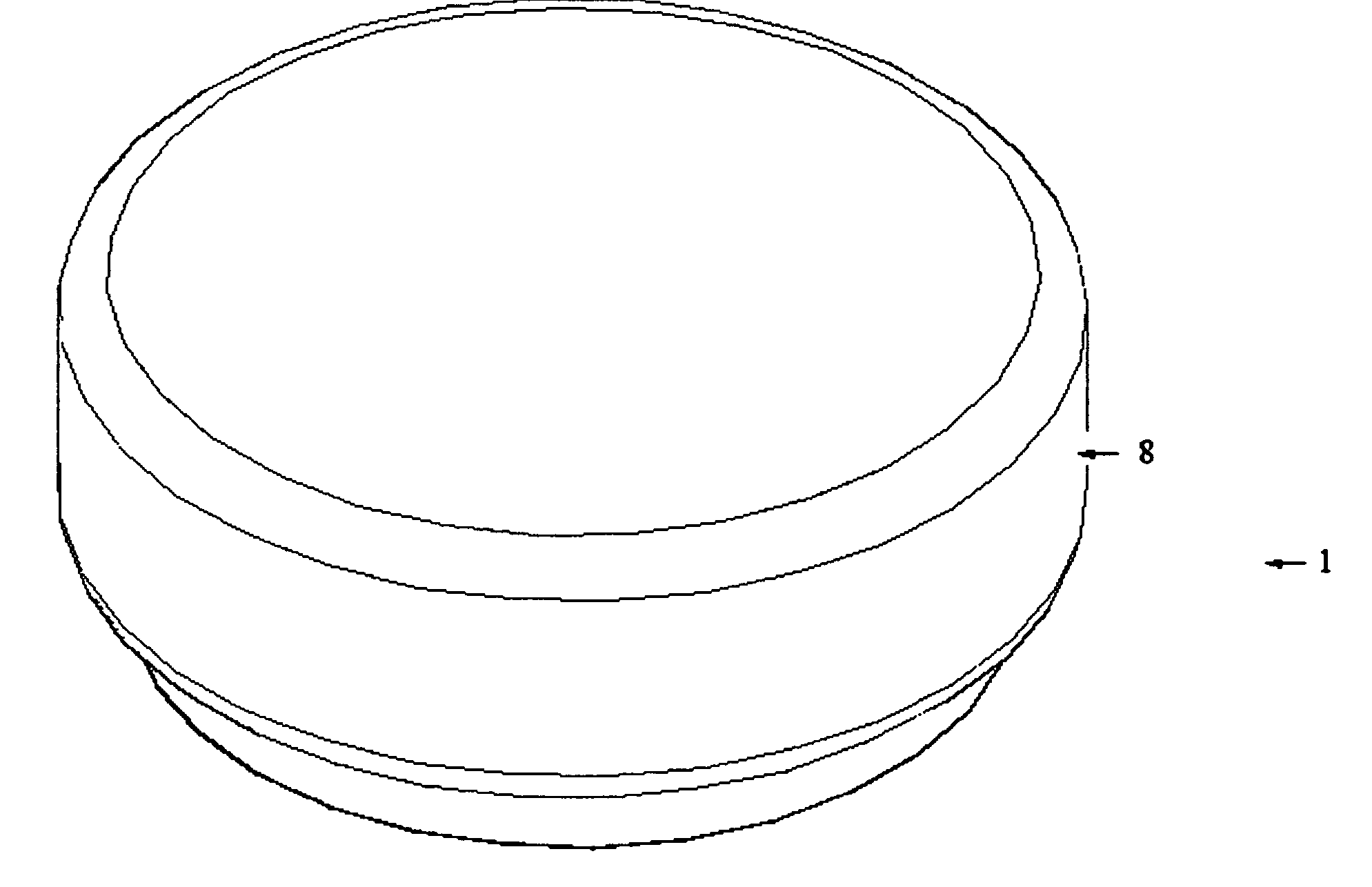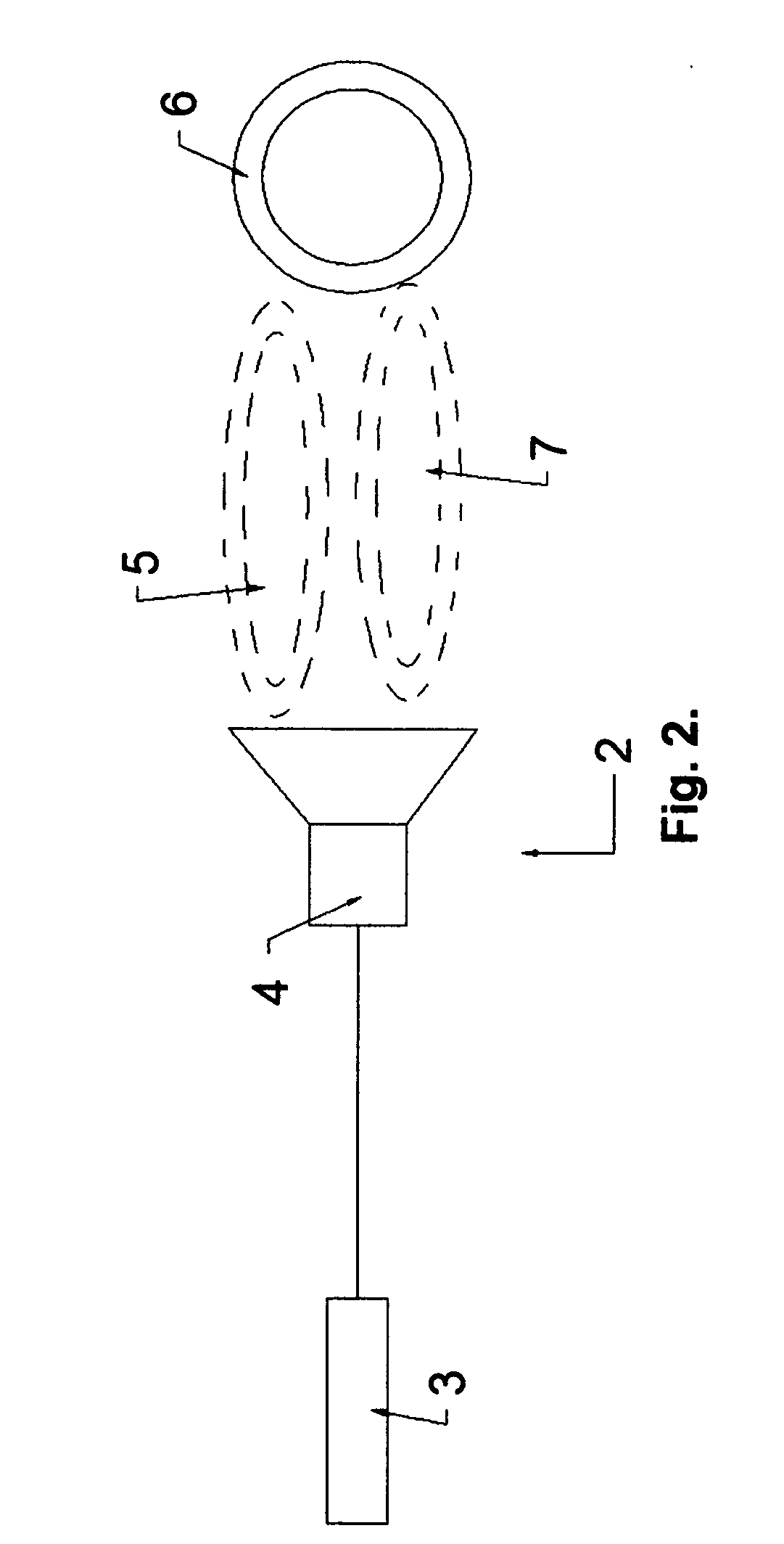Advanced object detector
a detector and advanced technology, applied in the field of remote detection of weapons, can solve the problems of no known weapon detection system on the market, target may be injured or killed, and the majority of these apparatuses and methods are not useful in the detection of snipers
- Summary
- Abstract
- Description
- Claims
- Application Information
AI Technical Summary
Benefits of technology
Problems solved by technology
Method used
Image
Examples
Embodiment Construction
[0033]It should be noted that the terms “tailor-made signal,”“resonated signal” and “memory device” shall be defined as follows and used in the following manner throughout the specification, claims and other referenced material. Tailor-made signals are defined as, but not limited to, signals that are specifically designed for a particular use, such as to resonate with specific objects by creating a resonance with said object. Resonated signals are defined as, but not limited to, signals that are produced by another signal, stimulus or vibration of certain amplitude interacting with an object which then creates a specific signature in the frequency domain as compared to the signal, stimulus or vibration the object has interacted with. Memory device is defined, but not limited to, a computer, processing means or other device which can store and produce information, such as tailor-made signals, and which can categorize collected resonated signals by comparing the received resonated sig...
PUM
 Login to View More
Login to View More Abstract
Description
Claims
Application Information
 Login to View More
Login to View More - R&D
- Intellectual Property
- Life Sciences
- Materials
- Tech Scout
- Unparalleled Data Quality
- Higher Quality Content
- 60% Fewer Hallucinations
Browse by: Latest US Patents, China's latest patents, Technical Efficacy Thesaurus, Application Domain, Technology Topic, Popular Technical Reports.
© 2025 PatSnap. All rights reserved.Legal|Privacy policy|Modern Slavery Act Transparency Statement|Sitemap|About US| Contact US: help@patsnap.com



